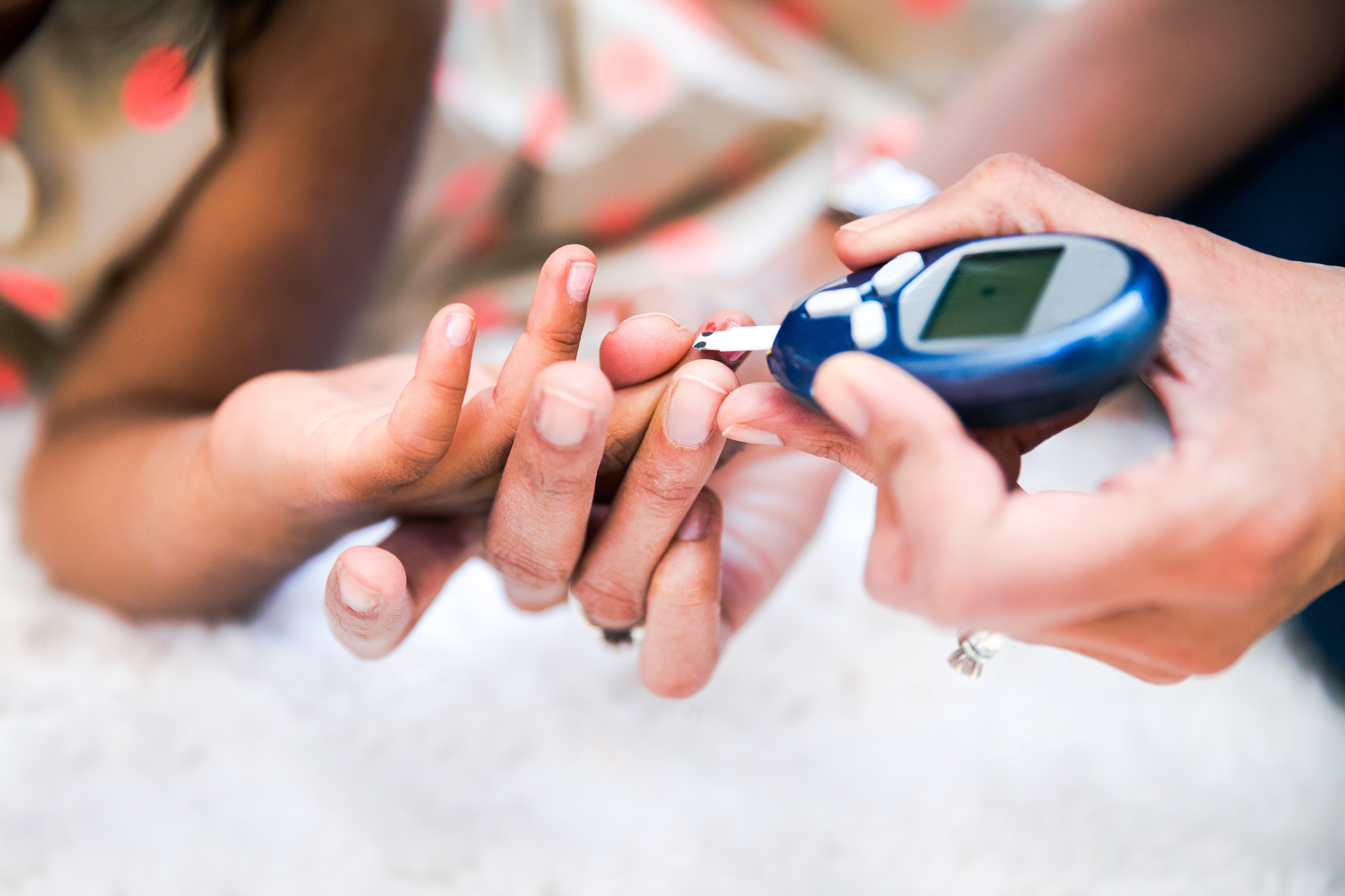Knowing the relationship between food, activity, and high or low blood sugar, and how that impacts insulin is an important part of diabetes management.
Relationships between food, insulin, activity and high or low blood sugar readings
If you know that your eating habits are consistent, it helps to rule out food as the cause of high or low blood sugar readings.
For example, your child may plan a new after-school activity that will likely cause a lower blood sugar reading. However, if your child has not followed their meal plan, and perhaps skipped a snack too, you cannot be sure of the real cause of the low blood sugar — and it may even be a combination of both food and physical activity variability.
Not every high or low blood sugar readings can be accounted for. However, understanding the relationships between food, insulin, and activity is important to help you determine whether an insulin adjustment is necessary. It is tempting to try to correct low or high readings by overeating or holding back food, but this is not recommended as it can lead to a lot of confusion.
"Chasing blood sugars": Joey's story
Joey arrives home from school early because his soccer practice is cancelled.
He usually has his snack before practice at 3:30 p.m. Since he does not have practice today, and he is not really that hungry, he decides to skip his snack.
By 4 p.m., however, he is feeling hungry so he eats his snack then. When he checks his blood sugar at 5:30 p.m., it is a little high.
Is it high because he did not burn off the energy he usually does during soccer practice? Or is it high because he had his snack later than usual and did not have two hours between eating and testing his blood sugar? Because he was not consistent in the timing of his snack, it is harder to figure out what caused Joey's high sugar reading.
Joey's 5:30 p.m. reading is high, so he eats less dinner to bring down his blood sugar levels. Before bed, he is a little low so he eats a few extra cookies. He gets up twice that night to go the bathroom and wakes up with a high reading. He does not want his blood sugar to go higher, so he has half a bowl of cereal instead of a whole bowlful at breakfast.
By morning recess, he starts to feel faint and nauseated with hypoglycemia.
This roller coaster is known as "chasing blood sugars". It can be frustrating and potentially dangerous.
To avoid such a situation Joey should be consistent with meal/snack timings and carbohydrate amounts. We recommend changing insulin doses for managing blood sugar levels instead of increasing or decreasing carbohydrate intake based on blood sugar readings.
For more videos from SickKids experts in collaboration with Youngster, visit Youngster on YouTube.
